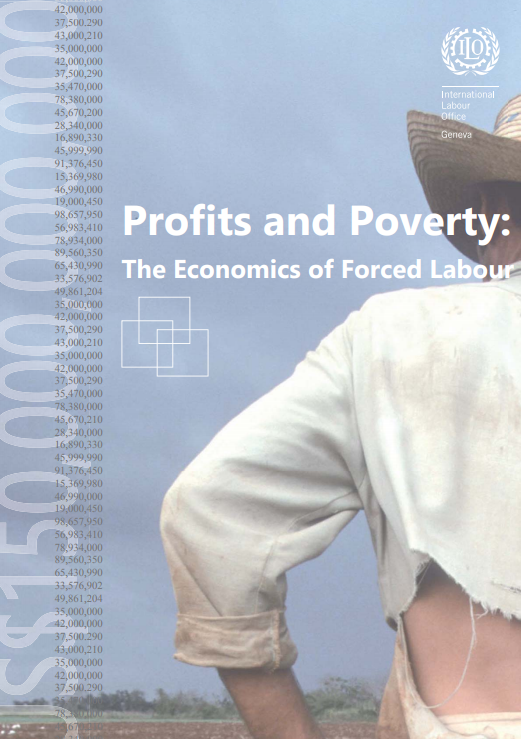The study investigates the underlying factors that drive forced labour, of which a major one is illegal profits. Figures include a breakdown of profits by area of forced labour and by region.
Chapter 1 lays the groundwork for an understanding of forced labour and what it is, and examines the importance of defining forced labour and related practices, such as human trafficking and slavery. It reviews the global forced labour estimates published by the ILO in 2012, which were significantly higher than the ILO’s earlier estimate.
Chapter 2 examines the profits from forced labour. Using a new and expanded methodology and based on the 2012 Global Estimate, the report provides updated estimates of the global profits generated by forced labour.
Chapter 3 provides a new analysis of the socio-economic factors that make people vulnerable to forced labour. Based on a series of ground-breaking country surveys that consider a range of different cohorts and factors, it highlights where forced labour is most likely to occur and provides a striking correlation between household vulnerability to sudden income shocks and the likelihood of ending up in forced labour. It also elucidates risk factors that can increase vulnerability to forced labour, such as poverty, lack of education, illiteracy, gender and migration.

